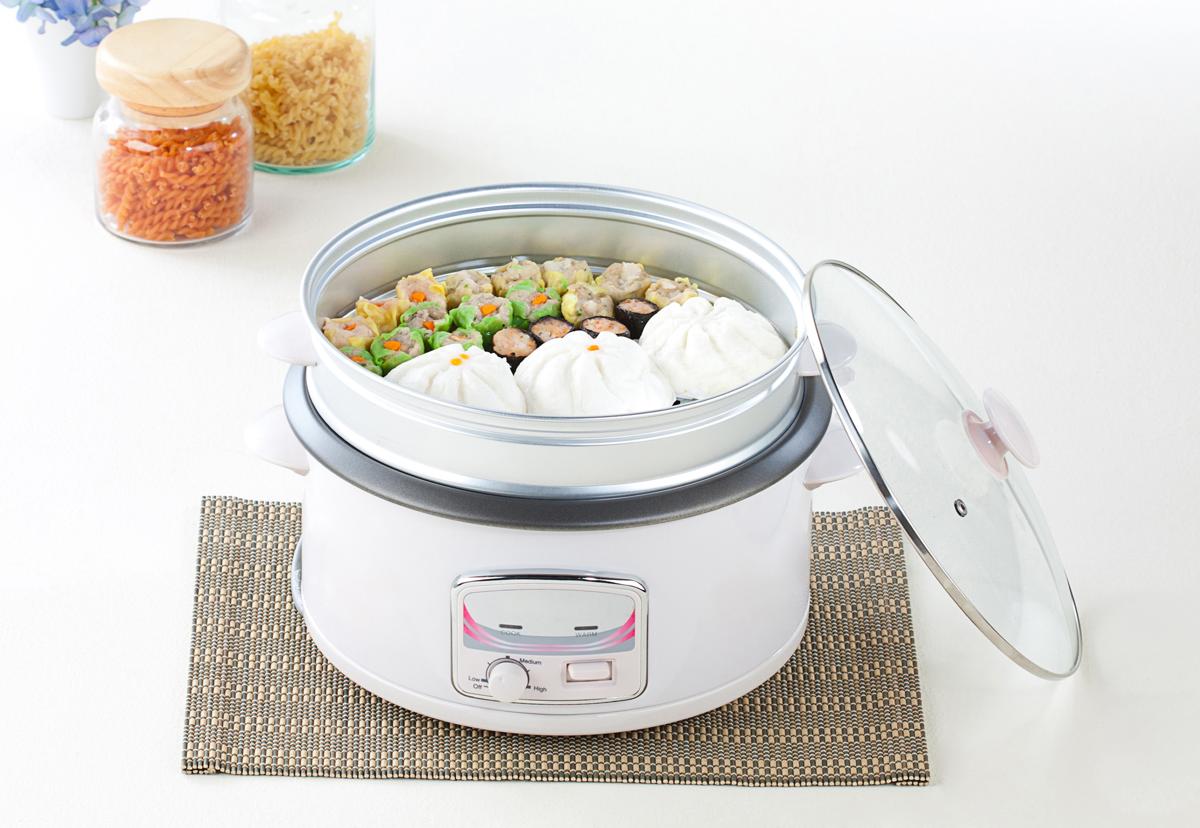

Articles
How To Use Steamer On Rice Cooker
Modified: May 6, 2024
Learn how to use a steamer on a rice cooker with our informative articles. Explore tips, tricks, and step-by-step guides to enhance your cooking skills.
(Many of the links in this article redirect to a specific reviewed product. Your purchase of these products through affiliate links helps to generate commission for Storables.com, at no extra cost. Learn more)
Introduction
Using a steamer on a rice cooker is a game-changer in the kitchen. It not only allows you to cook perfect fluffy rice but also enables you to steam a variety of other delicious foods, all in one appliance. Steaming food is a healthy cooking method that helps retain nutrients, flavors, and textures, making it a popular choice for health-conscious individuals.
In this article, we will explore the benefits of using a steamer attachment on a rice cooker, provide a step-by-step guide on how to use it, offer tips and techniques for steaming food, discuss the cleaning and maintenance of the steamer attachment, and suggest some mouthwatering recipes to try.
Whether you’re a seasoned chef or a beginner in the kitchen, using a steamer on a rice cooker opens up a whole new world of culinary possibilities. Let’s dive in and discover how this innovative appliance can take your cooking to the next level.
Key Takeaways:
- Elevate your cooking experience by using a steamer attachment on your rice cooker. Enjoy healthy, flavorful meals with convenience and versatility, all while retaining the natural nutrients and textures of your ingredients.
- Embrace the endless culinary possibilities of steaming with a rice cooker. From steamed salmon to coconut sticky rice with mango, explore a world of flavors and textures while saving time and effort in the kitchen.
Read more: How To Use Rice Cooker As A Steamer
Benefits of Using a Steamer on a Rice Cooker
Using a steamer on a rice cooker offers a multitude of benefits that make it a valuable addition to any kitchen. Here are some of the key advantages:
- Healthy Cooking: Steaming is a healthy cooking method that requires no additional oil or fat, making it a great option for those watching their calorie intake. It helps preserve the natural flavor, color, and nutrients of the food, ensuring that you enjoy a nutritious and flavorful meal.
- Convenience and Efficiency: By using a steamer attachment on your rice cooker, you can simultaneously cook rice and steam other ingredients. This saves time and effort as you don’t need to use multiple pots or pans. It’s a convenient way to prepare a complete meal in one go.
- Versatility: A steamer attachment allows you to steam a wide range of foods, such as vegetables, seafood, poultry, dumplings, and even desserts. You can easily experiment with various ingredients and flavors, adding variety to your meals.
- Retains Nutritional Value: Steaming helps retain more vitamins, minerals, and antioxidants compared to other cooking methods. It preserves the natural color, texture, and flavor of the ingredients, ensuring that you’re not sacrificing nutritional value for taste.
- Enhanced Flavor and Texture: Steaming locks in the natural moisture of the food, resulting in tender, juicy, and flavorful dishes. Vegetables retain their crispness, seafood remains succulent, and proteins turn out moist and delicious.
- Uniform Cooking: The steam generated by the rice cooker ensures even heat distribution, promoting uniform cooking. This eliminates the risk of overcooking or undercooking ingredients, providing consistent results every time.
- Economical: Steaming requires minimal water compared to boiling or simmering. As a result, you conserve energy and save on utility bills. It’s an eco-friendly and economical cooking method.
Overall, using a steamer on a rice cooker offers a range of benefits that make it a versatile and efficient kitchen tool. Whether you’re aiming for healthy meals or want to uncover new culinary possibilities, a steamer attachment will elevate your cooking experience to the next level.
Step-by-Step Guide: How to Use a Steamer on a Rice Cooker
Using a steamer attachment on your rice cooker is a straightforward process. Here’s a step-by-step guide to help you get started:
- Prepare Your Ingredients: Start by gathering the ingredients you want to steam. This can include vegetables, seafood, poultry, or any other food items suitable for steaming. Clean and cut the ingredients into desired sizes and shapes.
- Add Water to the Rice Cooker: Begin by filling the rice cooker pot with an appropriate amount of water. The exact measurement will depend on the type and quantity of food you’re steaming. Consult the user manual of your rice cooker for recommended water levels.
- Insert the Steamer Attachment: Place the steamer attachment on top of the rice cooker pot, ensuring a snug fit. Make sure that the steamer holes align with the water-filled pot below. The steamer attachment should be stable and secure.
- Arrange the Food in the Steamer: Arrange your prepared ingredients in the steamer basket. You can layer different foods, ensuring that there is enough space for steam circulation. Be careful not to overcrowd the steamer, as it may result in uneven cooking.
- Set the Cooking Time and Temperature: Adjust the settings on your rice cooker to the desired steam setting. Most rice cookers have pre-programmed steam functions or manual settings for steaming. Follow the instructions in your rice cooker’s user manual to select the appropriate cooking time and temperature for the specific food being steamed.
- Start the Steaming Process: Close the lid of the rice cooker and press the start button. The rice cooker will begin generating steam, which will effectively cook your ingredients. Make sure to monitor the cooking process and adjust the time or temperature if needed.
- Check for Doneness: Once the timer goes off or the rice cooker automatically switches to “keep warm” mode, carefully open the lid and check if the food is cooked to your liking. Use a fork or a pair of tongs to test the tenderness of vegetables or the internal temperature of proteins. If needed, you can continue steaming for a few more minutes until the food reaches the desired level of doneness.
- Remove and Serve: Once the food is fully cooked, carefully remove the steamer attachment from the rice cooker. Allow any excess steam to escape before handling the attachment. Serve the steamed food immediately, adding your choice of sauces, seasonings, or garnishes for an extra touch of flavor.
Following these steps will ensure that you can effectively use the steamer attachment on your rice cooker to steam a variety of delicious and healthy meals. Enjoy the convenience and versatility of this cooking method right in your own kitchen!
Tips and Techniques for Steaming Food in a Rice Cooker
Steaming food in a rice cooker using a steamer attachment is a simple and efficient way to prepare healthy and flavorful meals. To help you make the most out of this cooking method, here are some tips and techniques to consider:
- Use the Right Amount of Water: The amount of water you add to the rice cooker will affect the steaming process. Too much water can result in soggy food, while too little may lead to undercooked ingredients. Follow the recommended water levels provided in the user manual of your rice cooker for optimal steaming results.
- Layer Food Strategically: If you’re steaming different types of ingredients with varying cooking times, place those that require longer cooking at the bottom of the steamer and add the quicker-cooking ingredients on top. This way, all the food will be cooked evenly when the steaming process is complete.
- Season the Food: While steaming preserves the natural flavors of the food, you can enhance them by adding seasonings to the ingredients. Sprinkle herbs, spices, citrus zest, soy sauce, or marinades on top of the food before steaming. The steam will infuse the flavors into the ingredients, resulting in a more delicious final dish.
- Avoid Overcrowding: Give the food enough space to allow steam circulation during cooking. Overcrowding the steamer can result in uneven cooking and may lead to certain parts of the food being undercooked. If you have a large quantity of food, consider steaming it in batches to ensure even cooking.
- Don’t Lift the Lid Too Often: While it can be tempting to check on the progress of the steaming process, lifting the lid frequently can disrupt the steam buildup and extend the cooking time. Keep the lid closed as much as possible during the cooking process to retain the heat and steam inside the cooker.
- Check for Doneness Carefully: Different foods require different cooking times, so it’s essential to check for doneness with caution. Use a fork, toothpick, or a meat thermometer to test the tenderness of vegetables or the internal temperature of proteins. Aim for the desired texture and ensure that the food is cooked thoroughly but not overcooked.
- Experiment with Flavors and Ingredients: Steaming food in a rice cooker opens up a world of culinary possibilities. Don’t be afraid to experiment with different flavors, spices, and ingredients to create unique and delicious dishes. Explore various combinations and try out new recipes to keep your meals exciting and enticing.
- Utilize the Steamer for Other Purposes: The steamer attachment on your rice cooker can be used for more than just steaming food. You can also use it to reheat leftovers or defrost frozen ingredients. Take advantage of this feature to make your cooking process more efficient and convenient.
By following these tips and techniques, you’ll be able to make the most of your steamer attachment on the rice cooker and create flavorful and nutritious meals with ease. Enjoy the versatility and convenience of steaming in your kitchen!
When using a steamer on a rice cooker, make sure to add water to the bottom of the cooker before placing the steamer basket on top. This will create the steam needed to cook your food evenly.
Cleaning and Maintenance of the Steamer Attachment
Proper cleaning and maintenance of the steamer attachment on your rice cooker are essential to ensure optimal performance and longevity. Here are some guidelines to follow:
- Clean After Each Use: It’s important to clean the steamer attachment after each use to prevent the buildup of food particles and residue. Allow it to cool down before cleaning to avoid the risk of burns.
- Remove and Discard Excess Food: Carefully remove any remaining food from the steamer attachment. Dispose of any large food pieces and rinse off any smaller remnants under running water.
- Hand Wash the Steamer Attachment: Wash the steamer attachment with warm, soapy water using a soft sponge or dishcloth. Scrub gently to remove any stubborn food particles. Avoid using abrasive materials or harsh cleaning agents that could damage the surfaces of the attachment.
- Pay Attention to Hard-to-Reach Areas: Thoroughly clean the steam holes or vents to ensure they’re free from any obstructions. Use a small brush or toothpick to remove any food debris that may be lodged in these areas.
- Dry Completely: After washing, rinse the steamer attachment thoroughly to remove any soap residue. Then, allow it to air dry completely before reassembling or storing. This helps prevent the growth of mold or bacteria.
- Store Properly: Once the steamer attachment is completely dry, store it in a clean and dry area. Avoid stacking heavy objects on top of it, as this may cause damage or deformation.
- Check for Wear and Tear: Regularly inspect the steamer attachment for any signs of wear and tear, such as cracks, rust, or loose screws. If any damage is detected, consult the rice cooker’s user manual or contact the manufacturer for appropriate repairs or replacements.
- Follow Manufacturer’s Guidelines: Always refer to the specific instructions provided by the rice cooker manufacturer for cleaning and maintenance. Different models may have slight variations, so it’s crucial to follow the guidelines specific to your steamer attachment.
- Deep Cleaning, as Needed: If stubborn stains or odors persist, you can perform a deep cleaning. Fill the steamer attachment with equal parts water and white vinegar, and let it soak for about 30 minutes. Then, scrub gently and rinse thoroughly before air drying.
By following these cleaning and maintenance recommendations, you can ensure that your steamer attachment remains clean, functional, and in excellent condition for repeated use. A properly maintained steamer attachment will not only enhance the longevity of the appliance but also contribute to the quality and safety of your future steamed dishes.
Recipes to Try with a Steamer on a Rice Cooker
Using a steamer attachment on your rice cooker opens up a world of possibilities for delicious and healthy meals. Here are a few tantalizing recipes to try:
- Steamed Salmon with Herbs: Season a fresh salmon fillet with salt, pepper, and your choice of herbs such as dill, parsley, or thyme. Place it in the steamer attachment and steam for about 10-12 minutes until the salmon is cooked through and flakes easily with a fork. Serve with steamed vegetables and lemon wedges for a complete meal.
- Steamed Vegetable Medley: Prepare a colorful mix of vegetables such as broccoli florets, carrot sticks, and sliced bell peppers. Place them in the steamer attachment and steam for about 8-10 minutes until tender-crisp. Drizzle with a light dressing or sprinkle with your favorite herbs for added flavor.
- Chinese Steamed Dumplings: Make or buy dumpling wrappers and fill them with your choice of filling, such as ground pork, shrimp, or vegetables. Place the dumplings in a single layer in the steamer attachment and steam for about 10-12 minutes until the wrappers are cooked through and the fillings are hot. Serve with a dipping sauce for a delicious appetizer or main course.
- Steamed Coconut Sticky Rice with Mango: Soak glutinous rice for a few hours, then drain and place in the steamer attachment with water and a pinch of salt. Steam for about 20-25 minutes until the rice is tender and sticky. Serve the rice with slices of fresh mango on top and drizzle with coconut milk for a delectable dessert.
- Steamed Chicken with Vegetables: Marinate chicken pieces with soy sauce, ginger, garlic, and a touch of honey. Place the marinated chicken and your choice of vegetables, such as bok choy or snap peas, in the steamer attachment and steam for about 15-20 minutes until the chicken is cooked through and the vegetables are tender. Serve with steamed rice for a satisfying and healthy meal.
- Steamed Tofu with Black Bean Sauce: Cut firm tofu into cubes and season with salt and pepper. Steam the tofu in the steamer attachment for about 8-10 minutes until heated through. Meanwhile, prepare a black bean sauce by sautéing garlic, ginger, and fermented black beans in oil. Pour the sauce over the steamed tofu and garnish with spring onions for a flavorful vegetarian dish.
These are just a few examples of the many delightful recipes you can explore using a steamer on a rice cooker. Feel free to experiment with different ingredients, seasonings, and flavors to create your unique steamed masterpieces. The versatility and convenience of the steamer attachment will make cooking healthy and delicious meals a breeze.
Conclusion
Using a steamer attachment on a rice cooker is a fantastic way to elevate your cooking experience. The benefits are abundant, from healthy and nutritious meals to convenience and versatility in the kitchen. Steaming food retains its natural flavors, colors, and nutrients while ensuring a tender and moist texture.
In this article, we explored the benefits of using a steamer on a rice cooker and provided a helpful step-by-step guide on how to use the steamer attachment. We also shared tips and techniques for steaming food effectively and discussed the importance of proper cleaning and maintenance.
Furthermore, we provided you with a selection of delicious recipes to try with your steamer attachment. From steamed salmon and vegetable medleys to Chinese dumplings and coconut sticky rice with mango, the possibilities are endless. Steaming allows you to explore different flavors, textures, and ingredients to create culinary masterpieces right in your own kitchen.
As you embark on your steaming journey, don’t be afraid to get creative and experiment with various seasonings, herbs, and sauces to enhance the flavors of your dishes. With practice, you’ll become more familiar with the steaming process and develop your own techniques and recipes.
Remember to always follow the manufacturer’s guidelines for cleaning and maintenance to ensure the longevity and performance of your steamer attachment. By properly caring for your rice cooker and steamer, you’ll be able to enjoy the benefits of this versatile appliance for years to come.
In conclusion, using a steamer on a rice cooker is a game-changer in the kitchen. It offers a healthier way of cooking, saves time and effort, and opens up a world of culinary possibilities. Embrace this cooking method and let your creativity and taste buds soar as you steam delicious and nutritious meals that will delight your family and friends.
Excited to step up your kitchen game further? After mastering how to use a steamer on a rice cooker, why not delve into our detailed guide on the best steamers available? Perfect for any home chef looking to make meal preparation both simpler and more versatile, this guide offers insights into selecting the right steamer to suit your culinary needs. So, if you're keen on making healthier, tastier meals, check out our recommendations for the finest steamers on the market.
Frequently Asked Questions about How To Use Steamer On Rice Cooker
Was this page helpful?
At Storables.com, we guarantee accurate and reliable information. Our content, validated by Expert Board Contributors, is crafted following stringent Editorial Policies. We're committed to providing you with well-researched, expert-backed insights for all your informational needs.
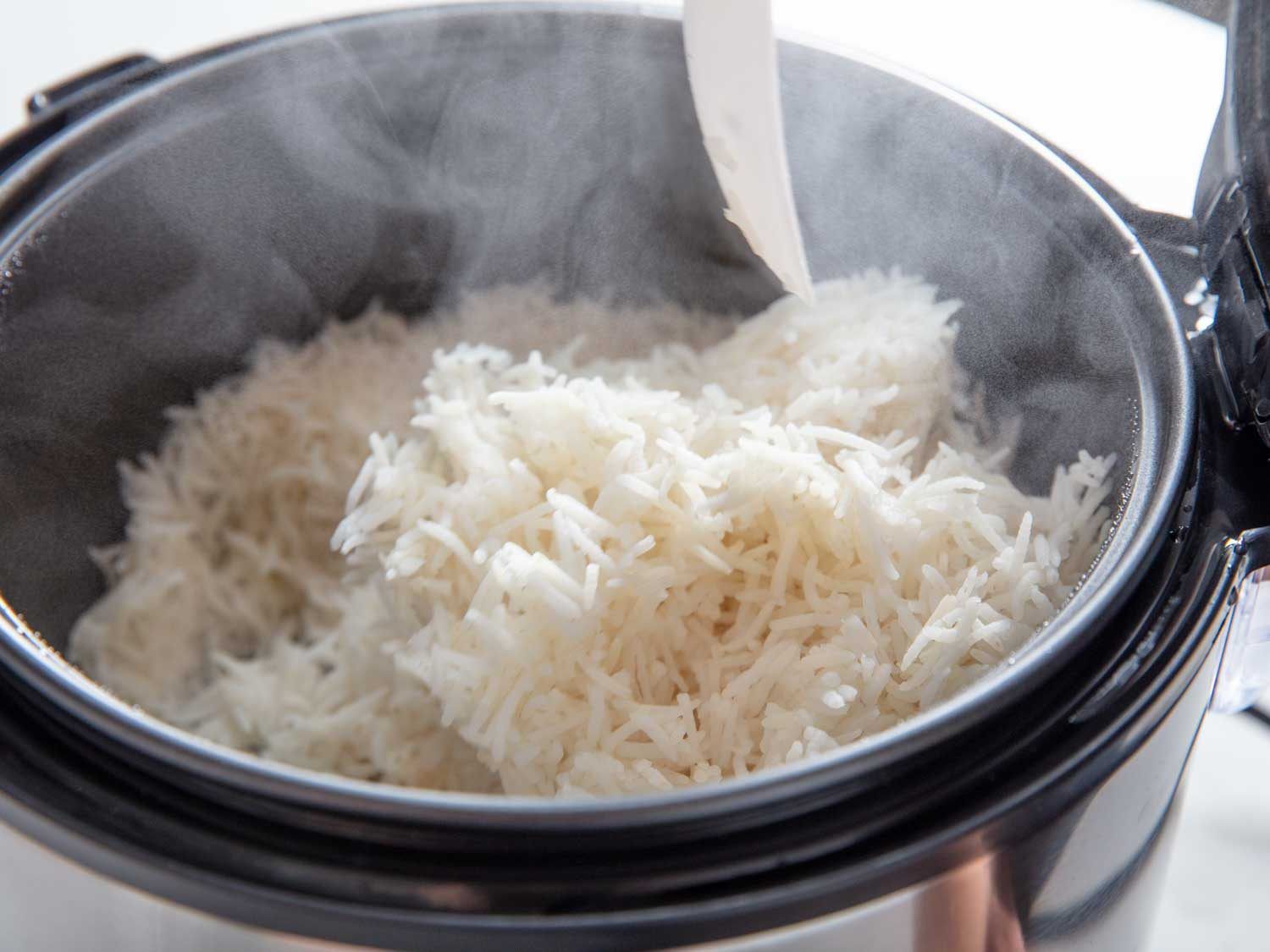

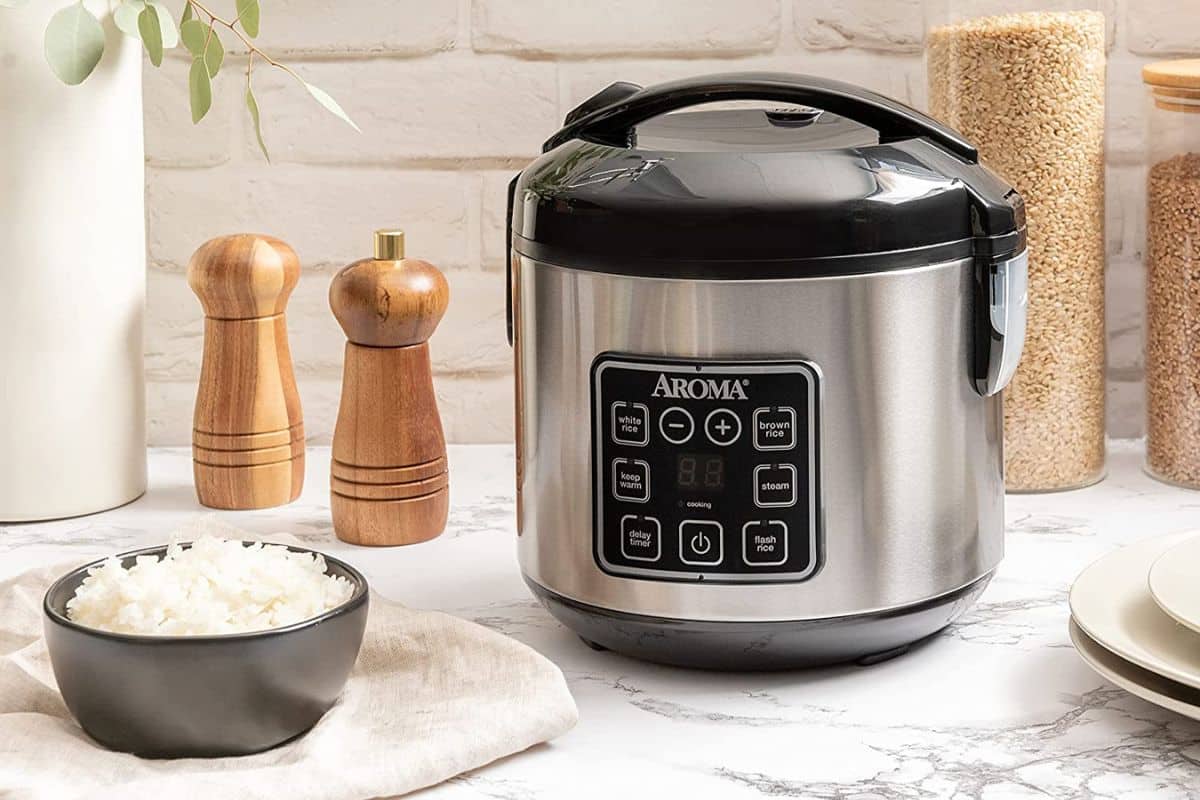
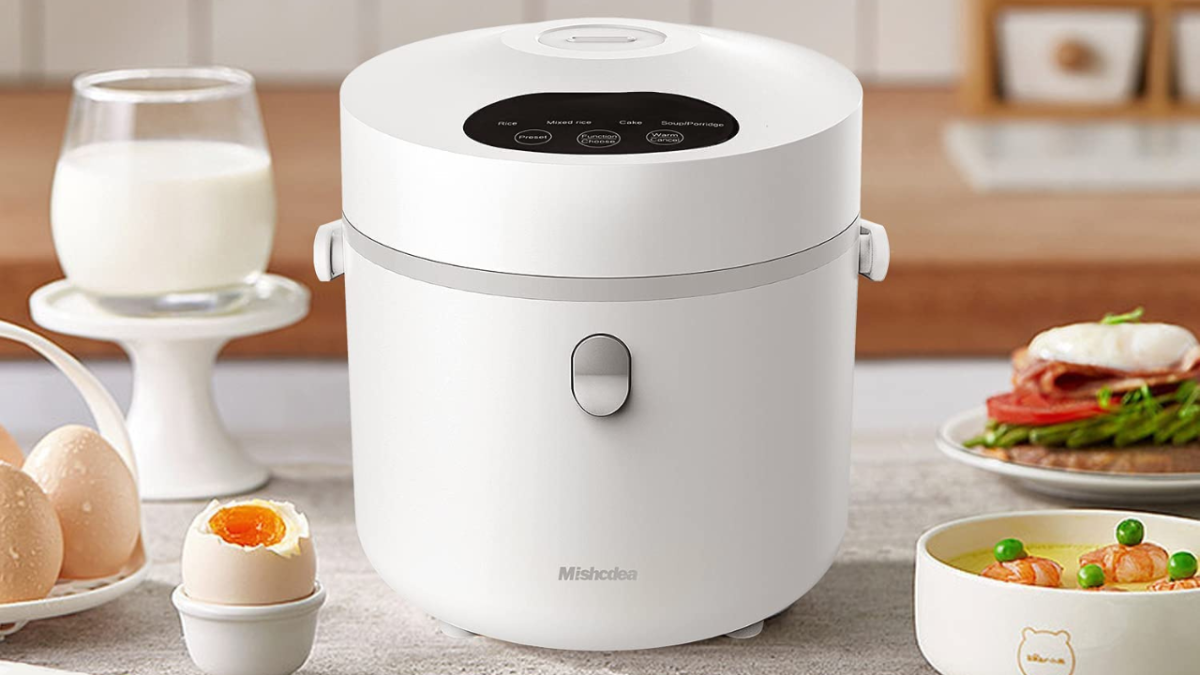
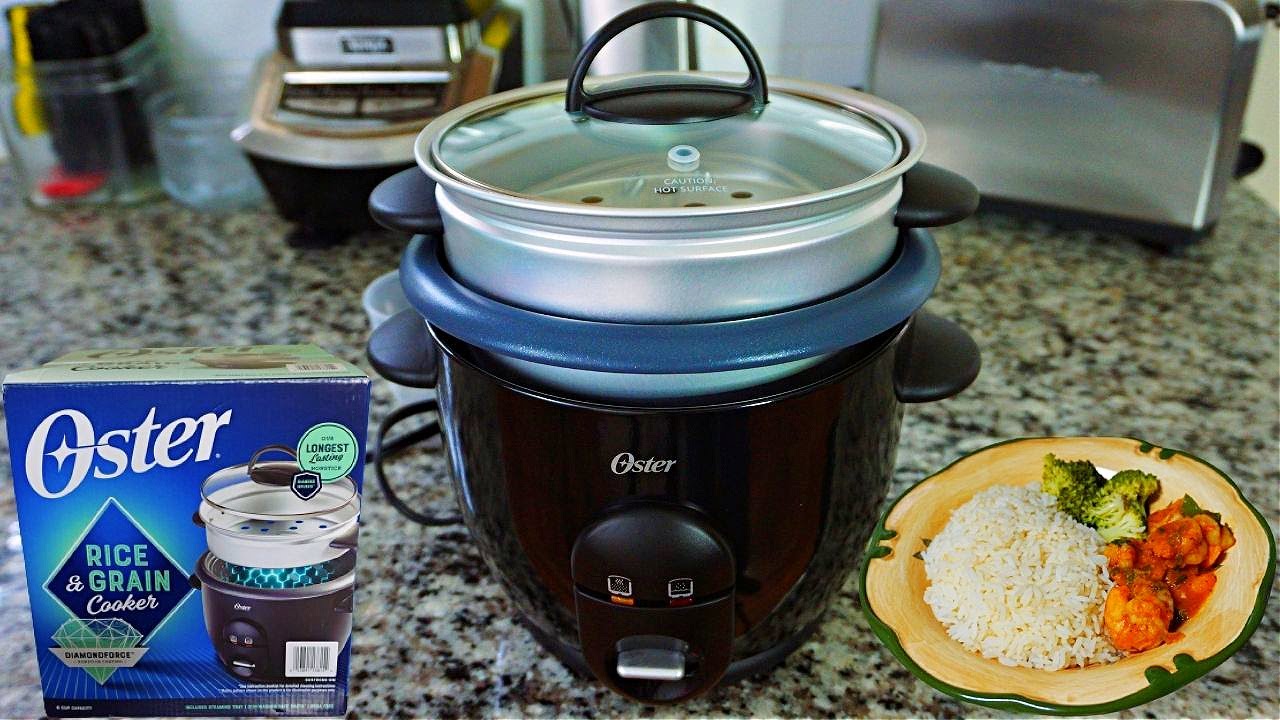
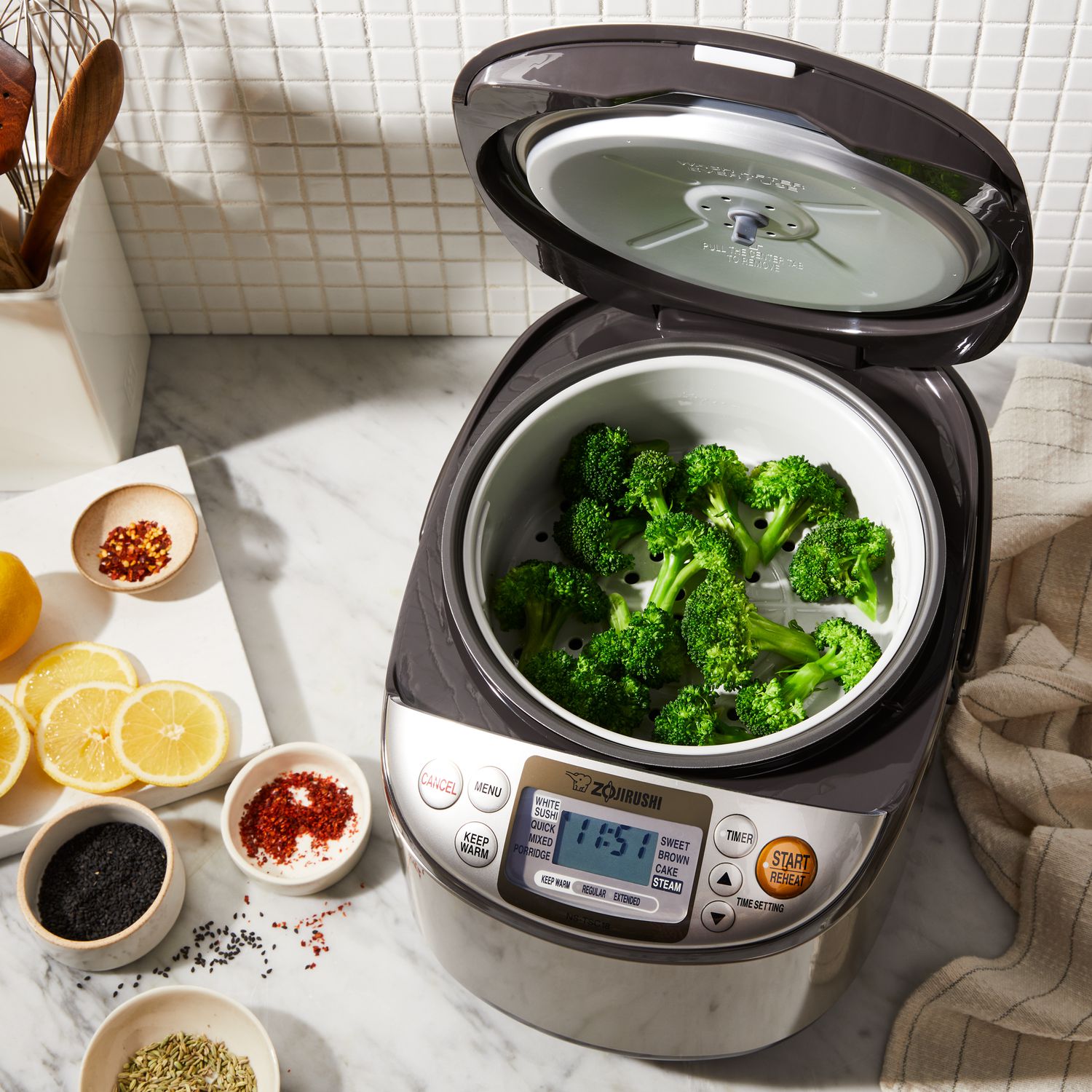
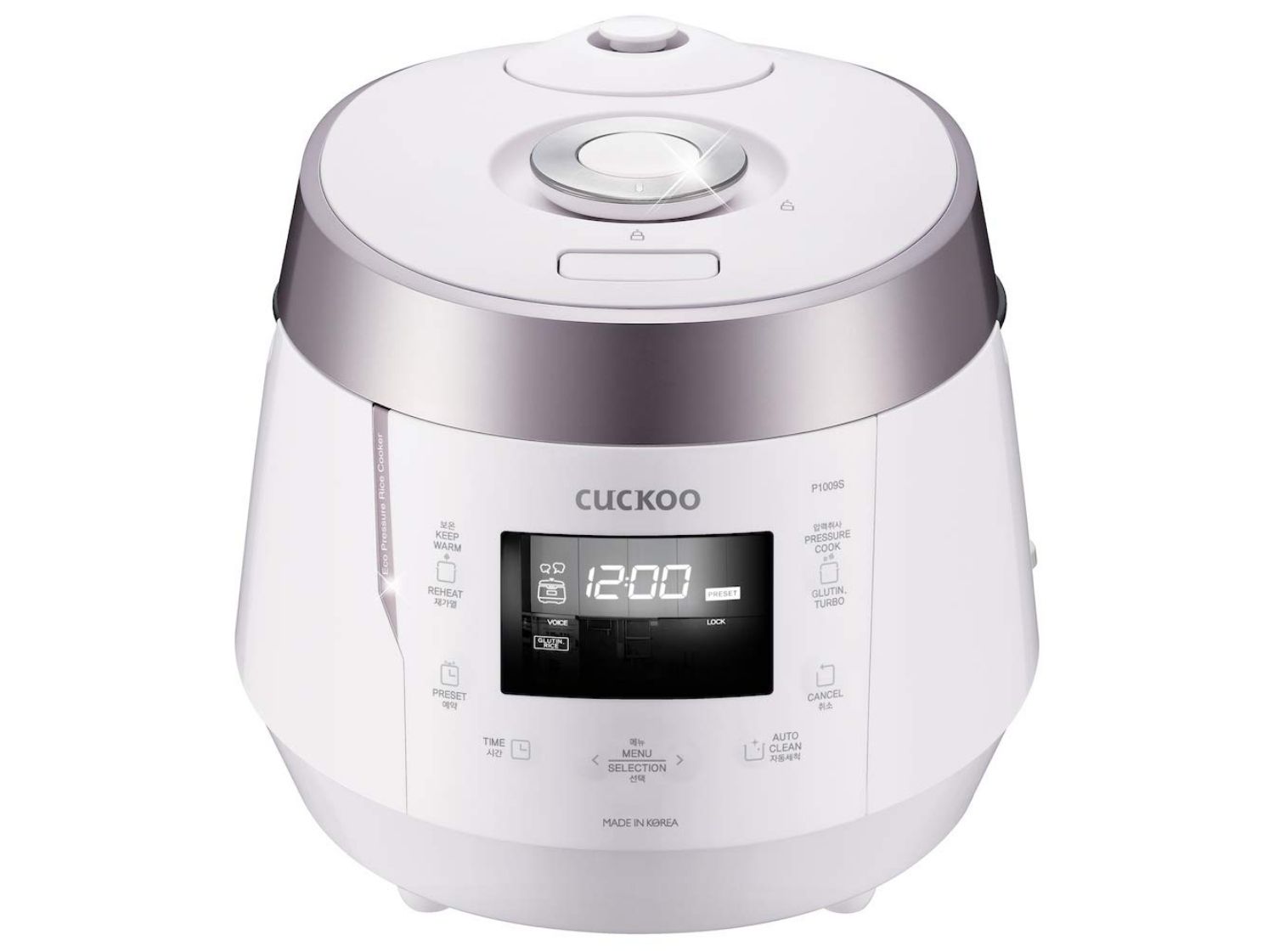
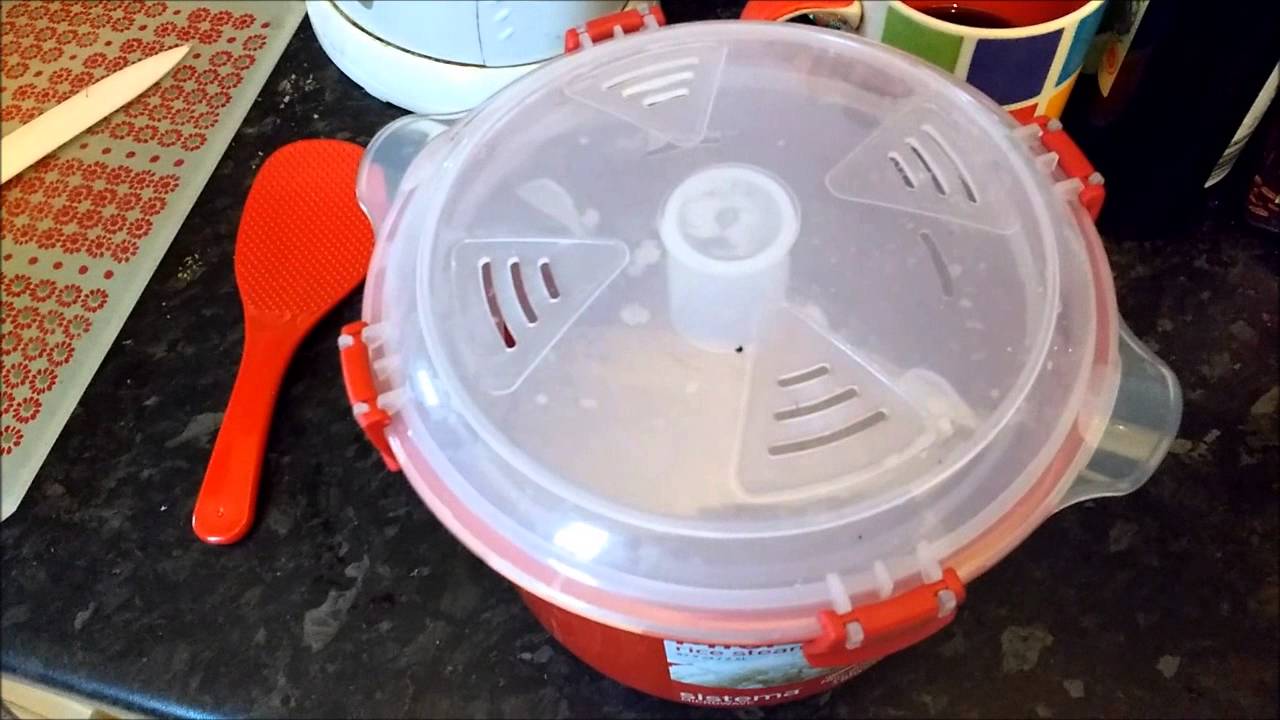
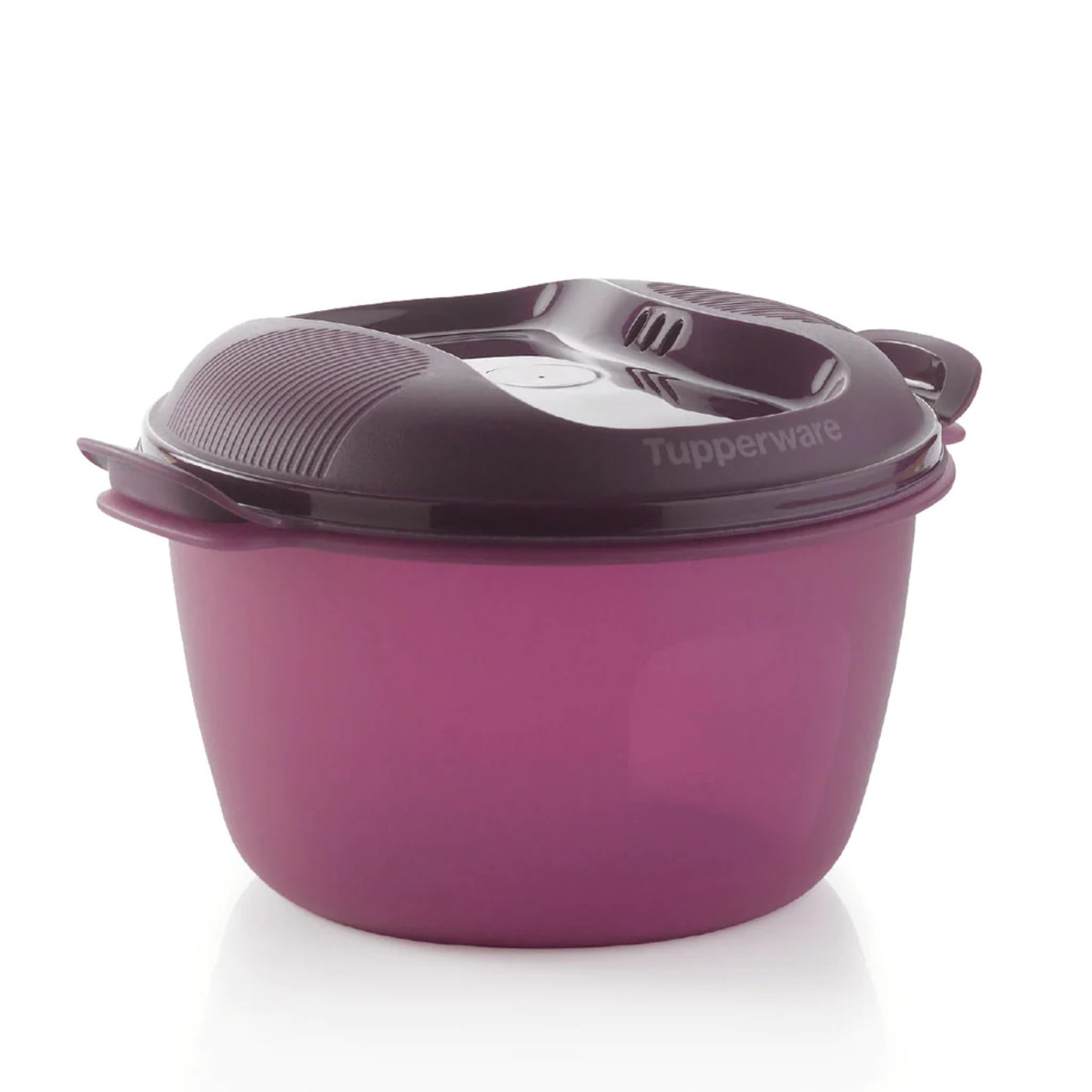
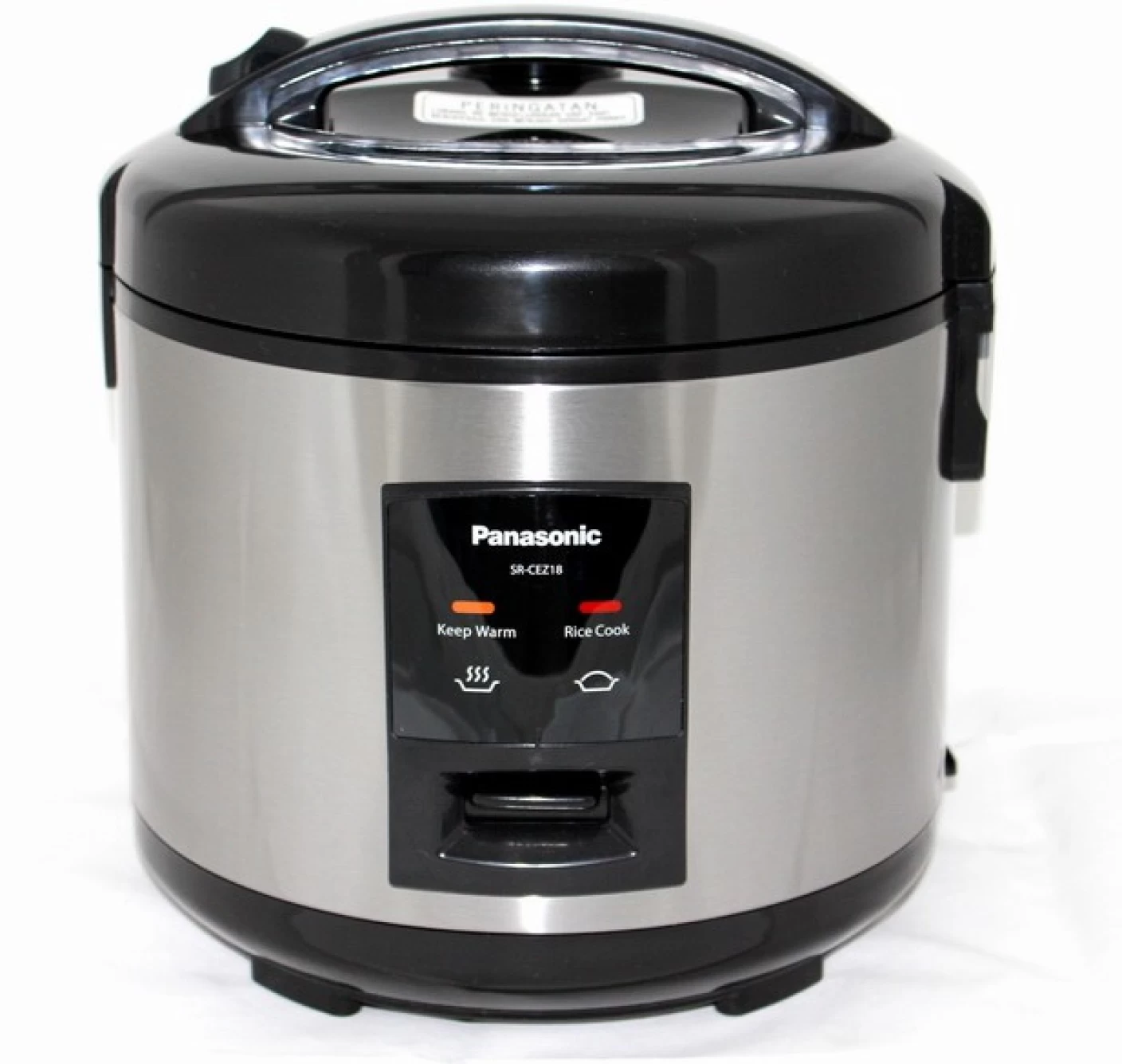
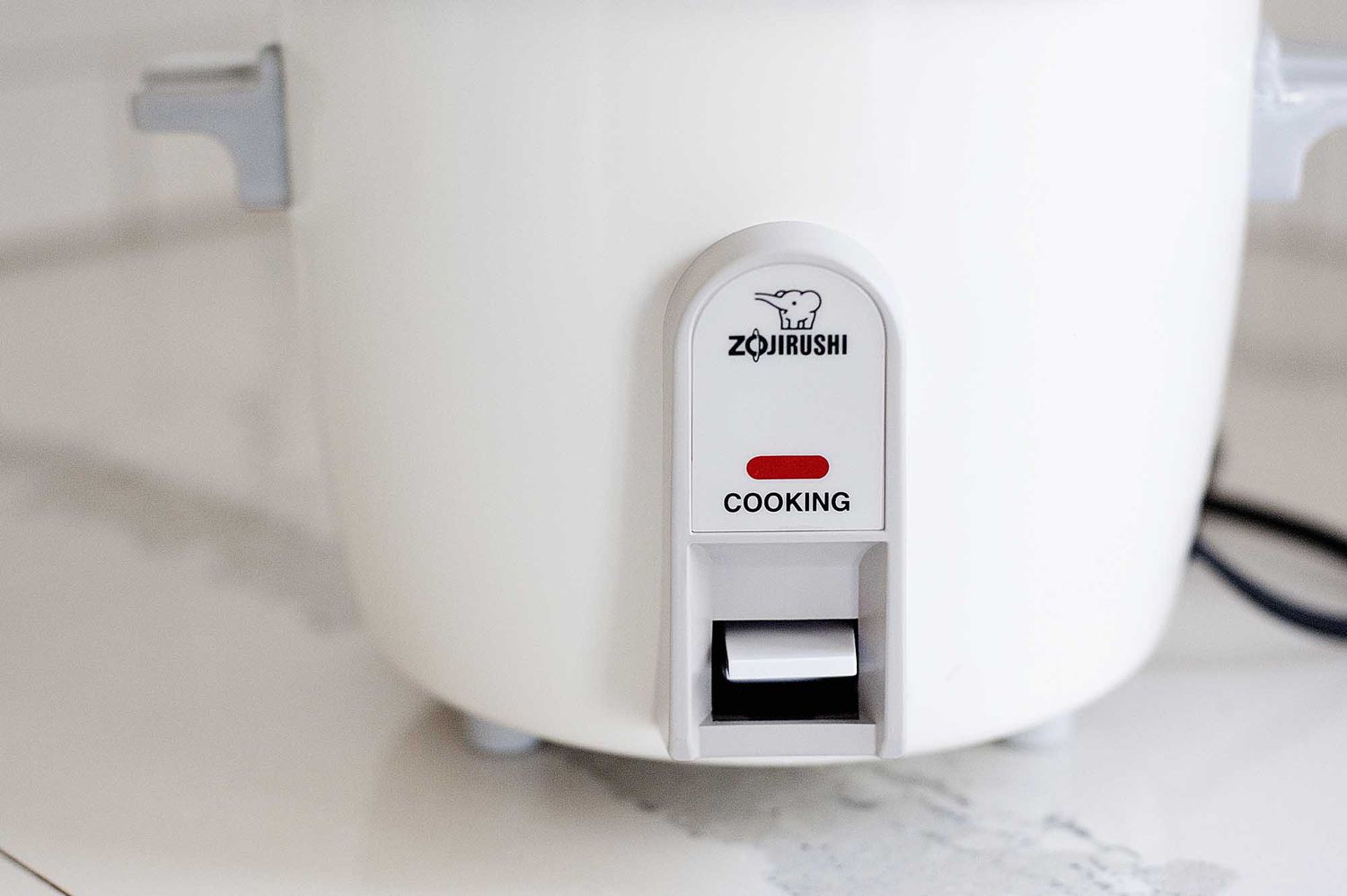
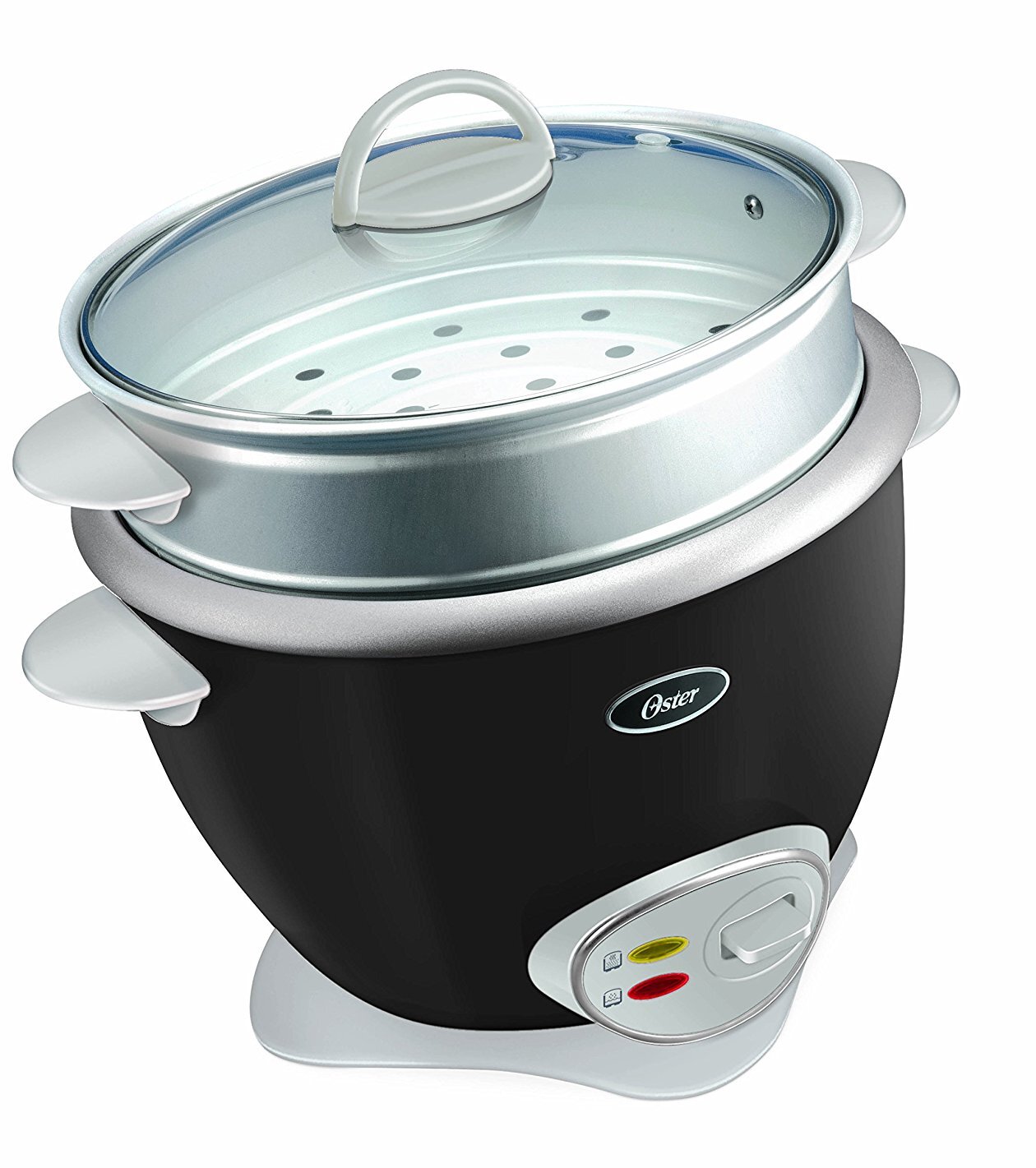
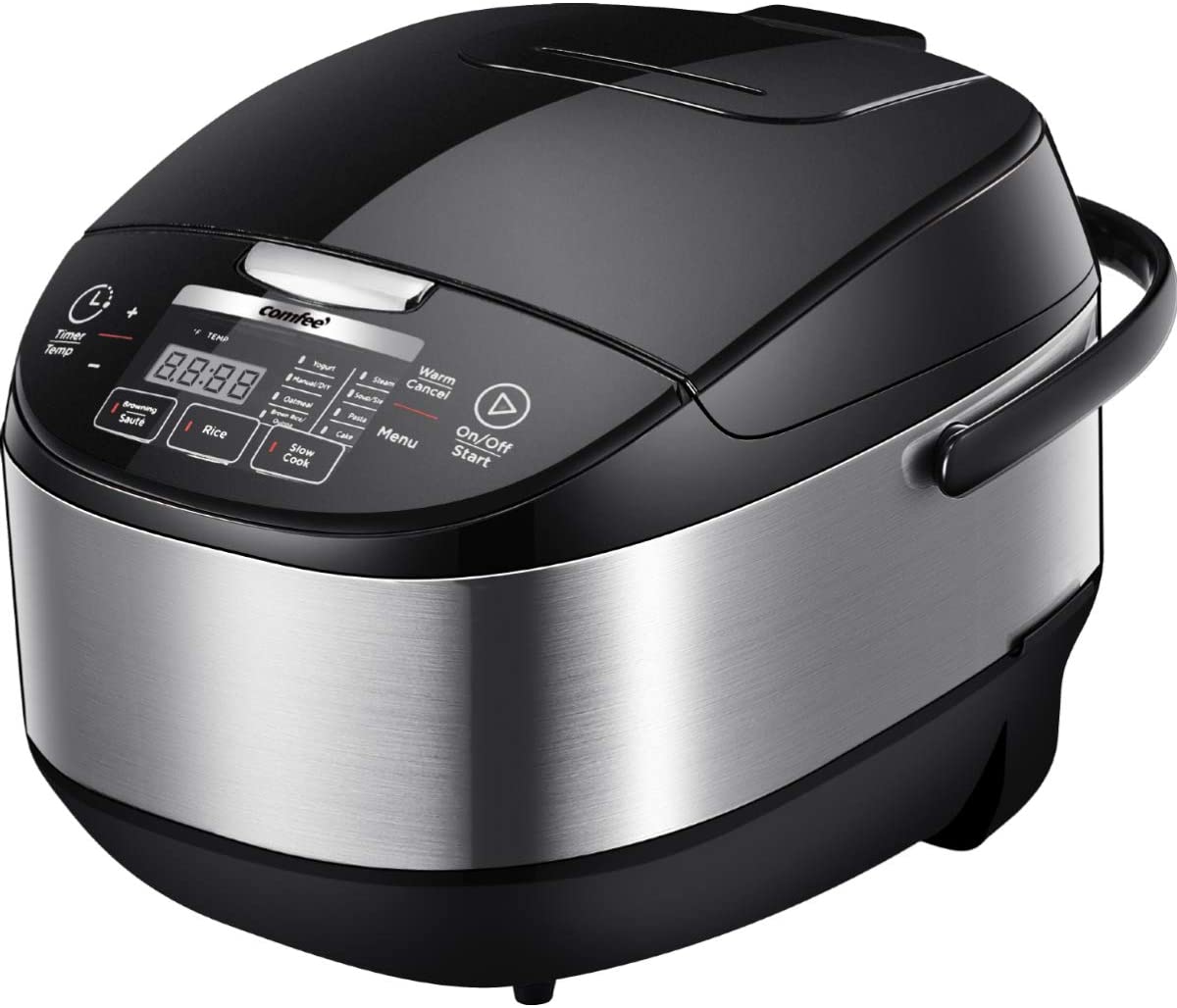
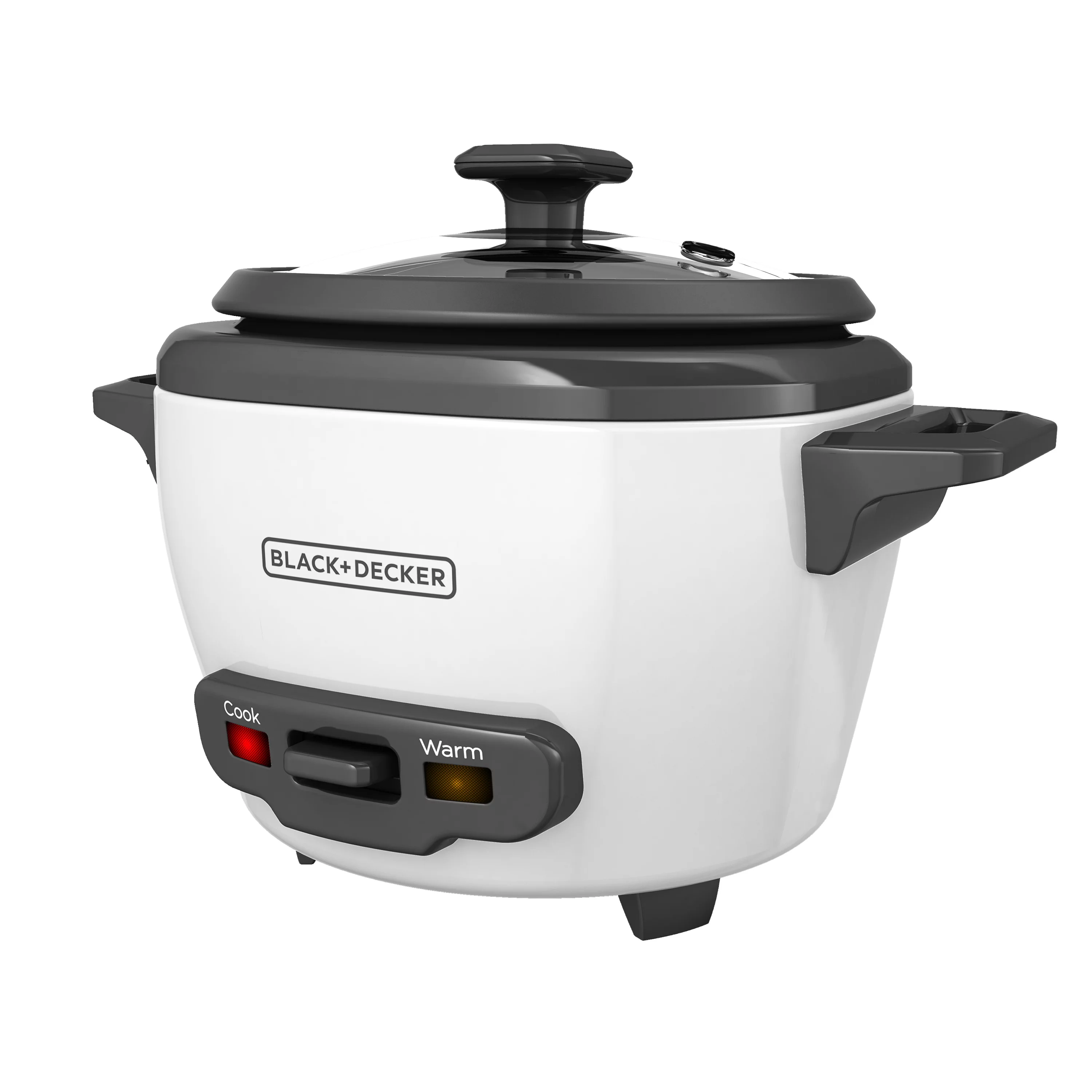

0 thoughts on “How To Use Steamer On Rice Cooker”